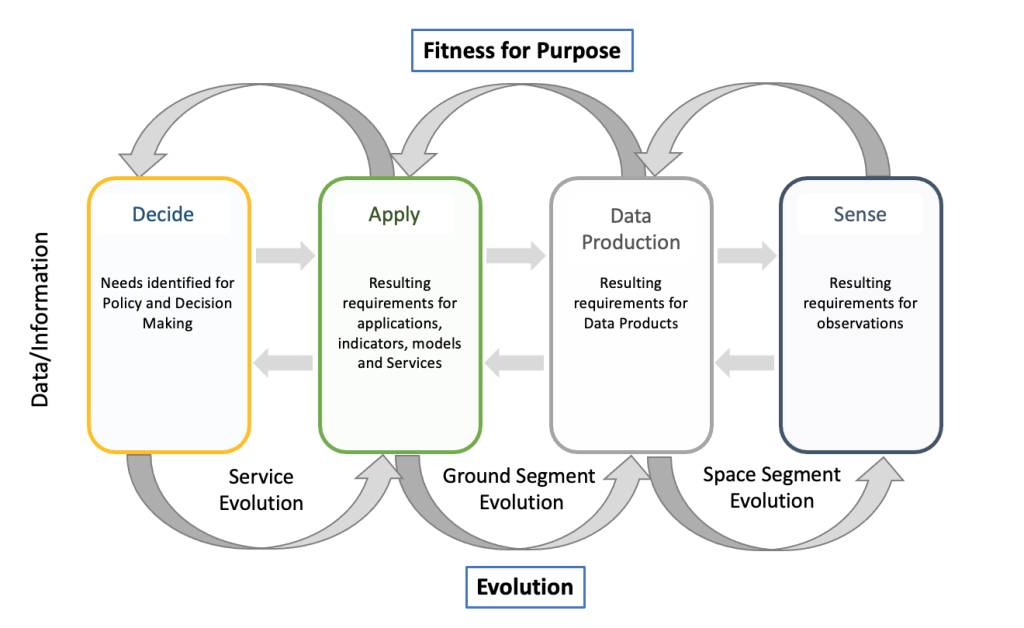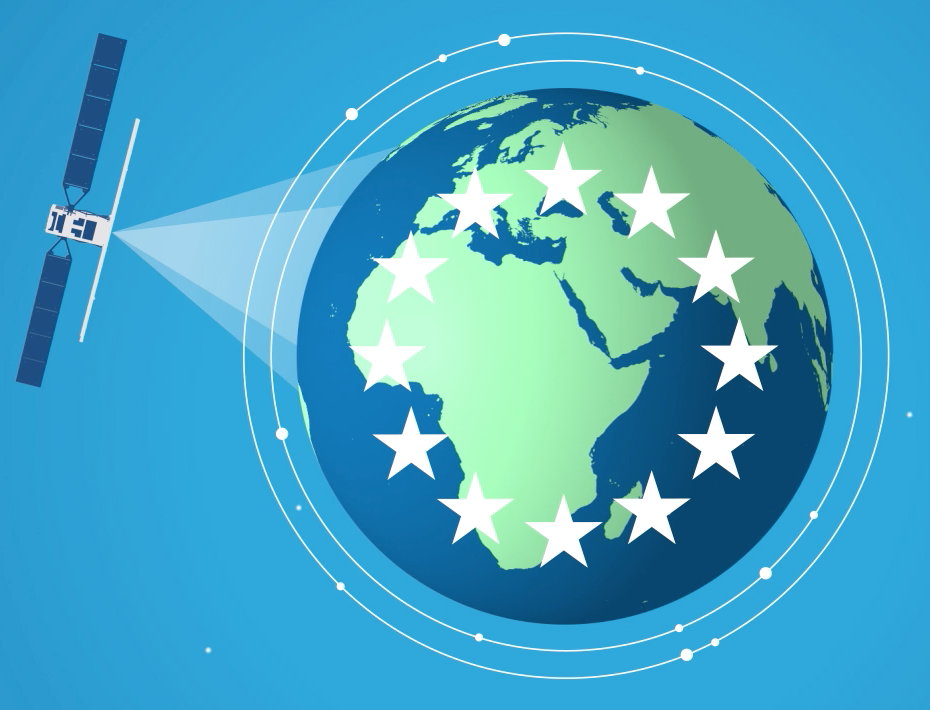Brief me
-
Several EU policy areas benefit from Earth Observation. This includes all policies dealing with land, atmosphere and marine domains (environment, air quality, urban monitoring, regional development), climate change, energy and transport, emergency, security, natural resources to mention a few.
-
The increasing amount of EO data and information available are not yet exploited at their full potential in all domains, and there is an increasing awareness of their potential usefulness for the development, implementation and assessment of many EU policies.
-
The domain that each Copernicus Service addresses (marine, land and atmosphere monitoring, emergency response, security and climate change) can serve many policy areas. Conversely, from a policy perspective, a given policy sector can benefit from different Copernicus services.
-
In-depth understanding of the needs of EU Policies is a prerequisite for the translation of these into specific solutions, services and tailored products that Copernicus may deliver in the future, as well as for ensuring that existing solutions, products and services are fit-for-purpose.
To be most effective, existing needs and practices must be identified and analysed in depth along four key steps of the EO value chain which, viewed from a policy perspective, are:
- Decision
- Application
- Data Production
- Sensing
Each step entails both fitness for purpose assessment of available solutions, and identification of specific technical requirements to inform the space program for its efficient evolution.

Following this approach, KCEO is planning deep dives assessments on targeted EU policies, selected according to political priorities. In this section we provide a general overview of relevant EU policy areas from Earth Observation perspectives and show case the initial analysis of EO uptake in selected examples.
Explore further
Top 12 Copernicus OBSERVER articles addressing EO uptake
Read here a series of web articles published by the Copernicus OBSERVER, which illustrate various ways in which EO can support diverse policy areas.
Earth Observations for Biodiversity
Remote sensing and the services offered by the Copernicus Programme, have come to play an increasingly important role in support of biodiversity conservation and restoration.
Earth Observation for Food Security
Earth observation can contribute to both, providing a short-term humanitarian response to food crises and supporting the establishment of longer-term development cooperation to improve food security and increase…
Earth Observation in EU international partnership
Copernicus supports EU development policies by providing relevant products and services on land, atmosphere, marine environment and climate data records and projections.
User uptake case: Earth Observation for SDGs
Key benefits of EO for SDG monitoring are availability of multi-annual time series for change analysis, their capacity to enable stable observations and lastly, the cost-effectiveness to monitor…
User uptake case REDD+
REDD+ aims at reducing emissions from deforestation and forest degradation in developing countries, recognising the role of conservation, sustainable management and enhancement of forests carbon stocks.

